Halifax Explosion
Wheelchair, clock on display for the first time to commemorate Halifax Explosion
Special exhibit will run from Dec. 2-6 at the Army Museum at Citadel Hill
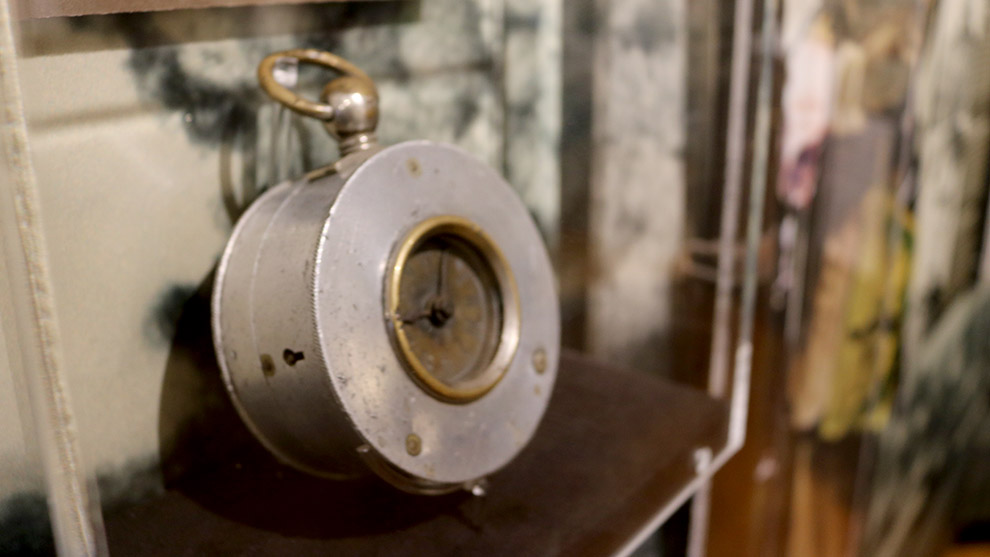
caption
A watchman's clock that was stopped by the impact of the Halifax Explosion at 9:04:35 a.m. on Dec. 6, 1917.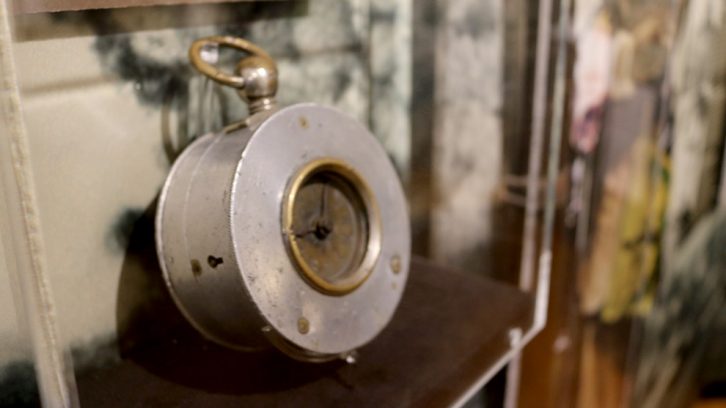
caption
A watchman’s clock that was stopped by the impact of the Halifax Explosion at 9:04:35 a.m. on Dec. 6, 1917.They say even a broken clock is right twice a day, and on Dec. 6, a particularly special broken clock will mark precisely 100 years since the Halifax Explosion.
For five days only, this clock, along with other artifacts will be on display to commemorate 100 years since the Halifax Explosion.
Starting Saturday, the Army Museum at Citadel Hill will house a special exhibit in the days leading up to the disaster’s anniversary on Wednesday.
“We want to give people an opportunity to see that part of our history and to understand a little bit about the human cost of the explosion: why it happened, and the role the military played as, what I say, the saviours of the city,” said Ken Hynes, curator of the museum. Related stories
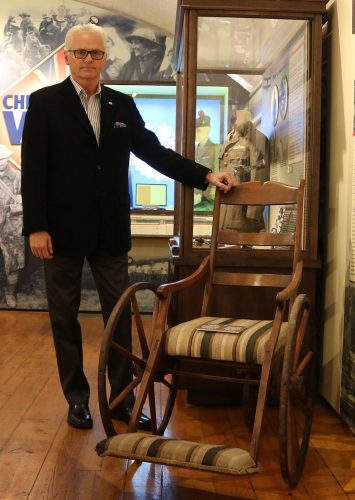
caption
Curator, Ken Hynes, stands beside a wheelchair that was in use during the time of the Halifax Explosion.On Thursday, Hynes gave reporters an early look at some of the artifacts. Some artifacts shown at the event are either too delicate or too large to display in the museum’s small space, and won’t be on display to the general public.
A clock ‘frozen in time’
One of the artifacts on public display will be a watchman’s clock stopped by the impact of the explosion at 9:04:35 a.m. The clock has been in the museum’s possession since the 1970s, and was donated by a former Halifax shipyard employee. It is said to have been found at the bottom graving dock, near the current location of the Irving Shipyard.
The watchman’s clock exhibit, called Frozen in Time, has not been formally displayed until now, said Hynes, because the museum has “focused on other things.” Nevertheless, it has been shown to people who ask to view it.
Hynes pointed out that the north face of the Halifax City Hall clock was also frozen by the blast. That clock was replaced, but the hands were permanently placed at 9:04:35 to commemorate the disaster.
The museum will also display a wheelchair used at Camp Hill hospital around the time of the explosion. Hynes said the wheelchair was donated to the museum by the hospital a few years ago.
On Dec. 6, 1917, the Halifax Explosion was caused by two ships colliding in The Narrows, a section of water that connects the Bedford Basin and Halifax Harbour. One ship, which was carrying munitions, blew up, killing approximately 2,000 people and destroying much of the city. At the time, it was the largest man-made explosion, until the atomic bomb was dropped on Hiroshima, Japan.
The museum has a number of other artifacts that won’t be displayed to the public, including a stretcher used during the time of the explosion, a piece of rifle ammunition found on Lombard Street following the blast, pictures taken by an unknown photographer shortly after the explosion and an eyewitness, typewritten account of the event written 54 years after the disaster.
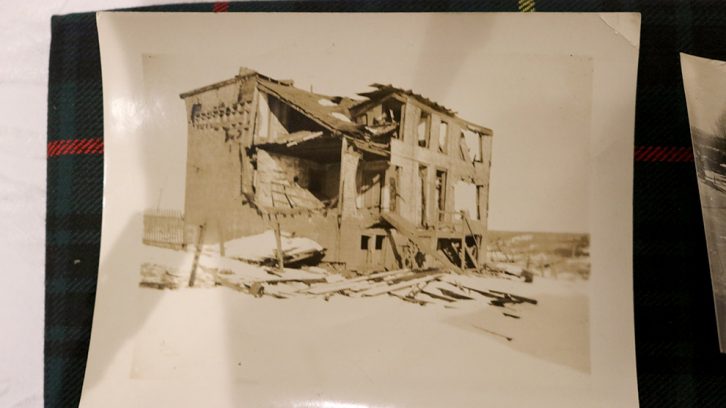
caption
A photo taken by an unknown photographer shortly after the Halifax Explosion.
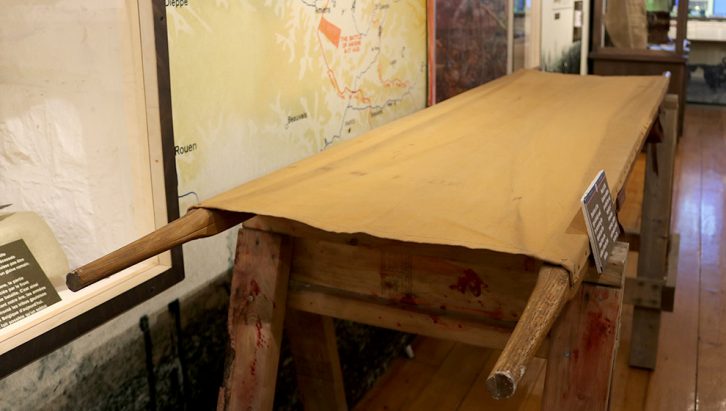
caption
A stretcher that would have been in use in 1917, around the time of the Halifax Explosion.
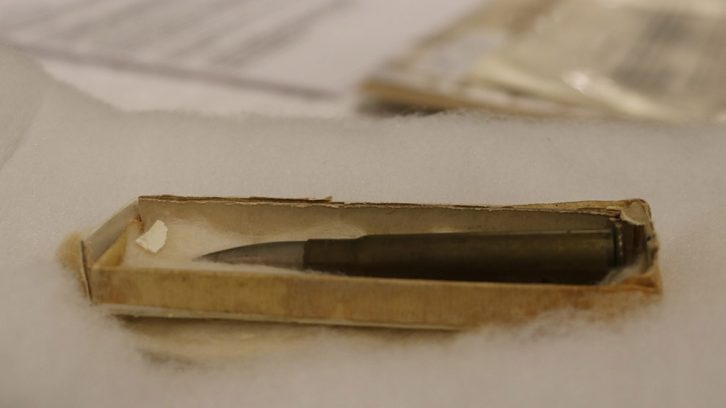
caption
A piece of rifle ammunition found on Lombard Street the day of the explosion.Hynes said that approximately 5,000 troops were stationed in Halifax at the time of the explosion, which made a major difference in the rescue effort. Some of those soldiers compared the aftermath to the battles they faced overseas.
“I think its important to realize that without that body of disciplined men who were trained for these terrible circumstances, the loss of life, the damage, the fires, all the things associated with the explosion would have been far worse,” said Hynes.
The exhibit will be open from 10 a.m. to 3 p.m. each day from Saturday to Wednesday.
